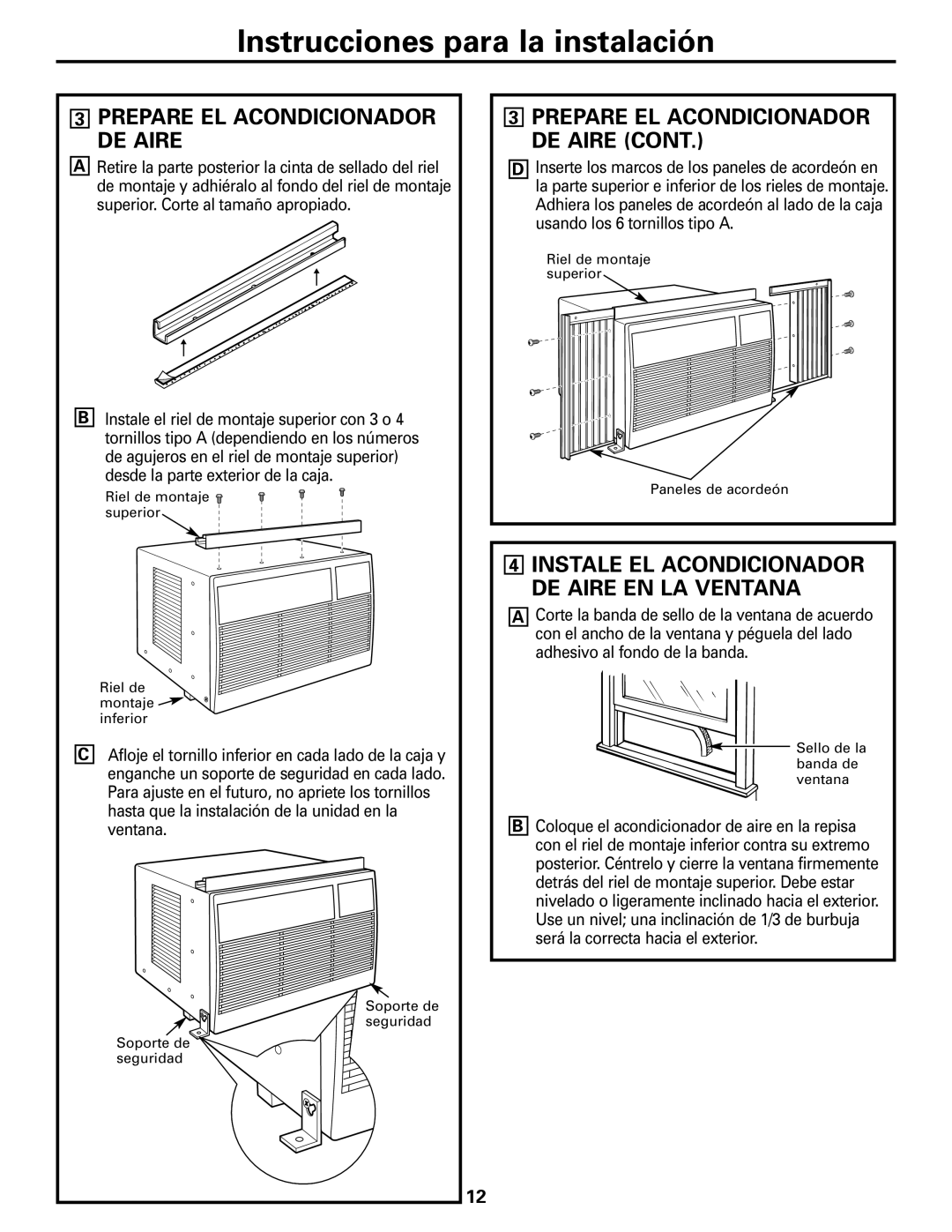ASS05, ASQ08, ASQ06, ASV06, ASM06 specifications
The GE ASS05, ASQ08, ASV08, ASM06, and ASQ06 are advanced power management systems designed for optimal performance and reliability in various industrial and commercial applications. These systems integrate cutting-edge technology to provide users with enhanced monitoring, control, and efficiency in managing electrical systems.One of the standout features of the GE ASS05 is its robust data collection capabilities. It employs smart sensors that track real-time performance metrics, helping operators identify anomalies and optimize their energy consumption. The ASS05 is tailored for seamless integration with existing infrastructure, making it an ideal choice for retrofitting older systems without the need for extensive modifications.
The ASQ08 model is engineered for high-accuracy power quality monitoring. It utilizes advanced analytics to detect and analyze voltage fluctuations, harmonics, and other disturbances that can impact electrical equipment performance. This model is particularly beneficial in environments where power quality is critical, ensuring that machinery operates at peak efficiency.
The ASV08 offers a versatile configuration suited for various applications, from manufacturing plants to commercial buildings. Its modular design allows for scaling according to specific energy needs. The ASV08 also features predictive maintenance capabilities, reducing the risk of unexpected downtime by alerting operators to potential issues before they escalate.
The ASM06 is distinguished by its user-friendly interface, which supports intuitive control over complex electrical systems. It offers comprehensive reporting tools, enabling operators to generate detailed analyses of energy usage and system performance. This functionality assists businesses in making informed decisions regarding energy management and cost reduction.
Lastly, the ASQ06 brings advanced communication features to the table. This model supports various protocols, enhancing interoperability with existing systems and enabling remote monitoring capabilities. Operators can gain insights and control from anywhere, providing flexibility and improving response times to potential issues.
In summary, the GE ASS05, ASQ08, ASV08, ASM06, and ASQ06 represent a leap forward in power management technology. Their unique features, including real-time data monitoring, predictive maintenance, modular design, user-friendly interfaces, and advanced communication capabilities, empower operators to maximize efficiency, enhance reliability, and ultimately reduce costs in their energy consumption. These systems are ideal for industries seeking to modernize their electrical infrastructure while ensuring optimal performance and sustainability.

